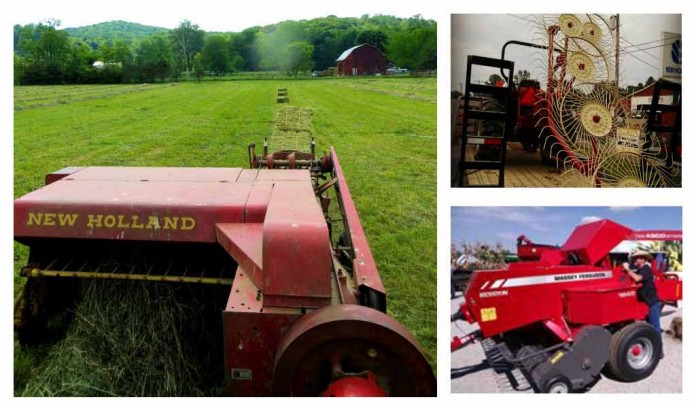Bright paint, streamlined design, precision performance — who doesn’t love new farm equipment?
A cost/benefit analysis helps farmers determine if and when a potential equipment purchase pays. You can use the data to decide if the equipment fits your budget, and to pinpoint when your investment will return a profit.
Reasons to buy or replace equipment
Related:
Before buying or replacing equipment, determine if the purchase is crucial to your operation. Reasons to buy or replace equipment include:
- New technology
- More power
- Equipment has multiple applications or is used for repeat tasks
- More productive, increased workload
- More effective
- Reliability; task is time sensitive
- Less maintenance costs and downtime
- Comfort may not seem to justify the purchase of new equipment, but it is a critical factor for aging farmers and farmers with disabilities.
How to perform a cost/benefit analysis
- Download a free cost/benefit analysis worksheet from Trainers’ Resource Guide.
- Input the total cost of equipment.
- Estimate the life of the equipment. 15 years is the accounting standard for most farm equipment.
- Figure the annual depreciation cost.
Total cost / expected life of the equipment = annual depreciation.
- Forecast additional profit (annual) that will result from the equipment purchase. If it is an initial equipment purchase forecast the expected first year profit.
- Calculate your current gross margin percentage from your farm’s income statement. If you do not have an income statement, enterprise specific average gross margins can be found online.
Gross margin % = revenue – cost of goods sold / revenue x 100%
Use the free calculator from C&F Business Resource Center.
- Enter the dollar value of additional gross margin (annual) that will result from the equipment purchase. If it is an initial equipment purchase there is 0 additional gross margin.
Additional gross margin = Additional revenue x gross margin %
- Subtract annual depreciation cost, see step 3.
- Interest is the cost of borrowing money. Subtract the cost of annual interest.
Annual interest = total cost of equipment x interest rate (decimal) x 1 year
Use the free simple interest calculator from Discovery Education.
- The cost of operating the equipment includes fuel, non-warranty maintenance, utilities and labor used each year.
- Calculate net income.
Net income = additional gross margin- depreciation, interest and other operating costs
- Find return on investment (ROI)
Net income / cost of equipment x 100% = ROI %
Interpreting results
Return on investment tells how much profit is made as a percent of the total cost of equipment. A positive return is considered good. The larger the ROI, the more the equipment pays.
A negative number means revenue generated is not enough to cover the cost. The equipment does not fit your budget. You may hold off on the purchase and make do with what you have, or borrow, rent, or hire a custom operator to get the job done.
Alternatively, you can reduce production costs or generate more revenue with the equipment to make the equipment pay.











